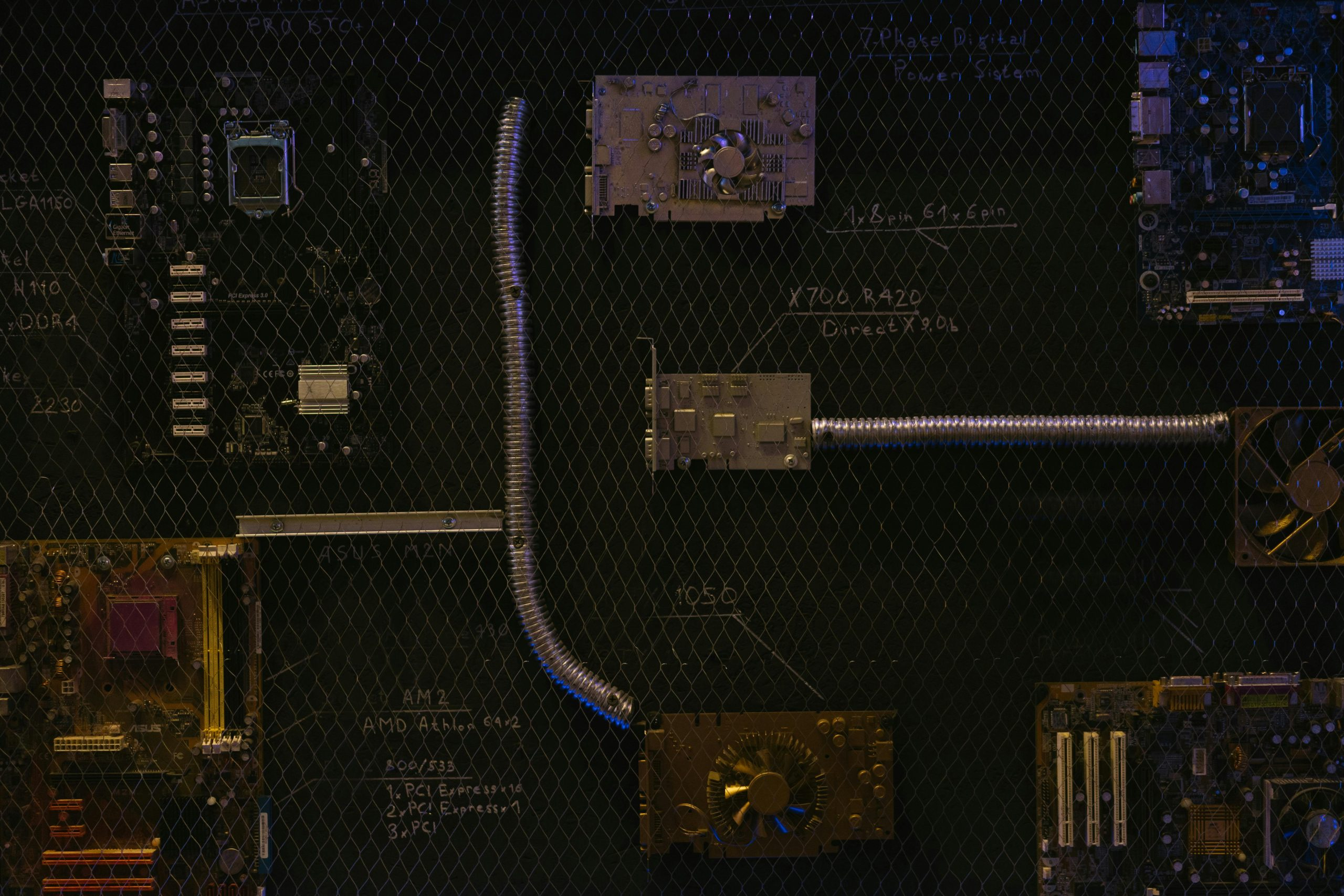AI-Assisted Grading Systems: Automating Assessment Processes
As technology continues to advance and revolutionize various industries, the education sector is not left behind. The traditional way of grading students’ assignments and exams manually has been gradually replaced by AI-assisted grading systems. These systems have brought significant improvements to the assessment process, making it more efficient and accurate. By automating certain aspects of grading, educators are now able to grade more assignments in less time, allowing them to focus on other important tasks. In this article, we will explore the concept of AI-assisted grading systems and how they are changing the landscape of assessment processes in education.
The Rise of AI-assisted Grading Systems
AI-assisted grading systems have been gaining momentum in recent years, thanks to the rapid advancements in artificial intelligence and machine learning. These systems utilize algorithms to analyze and evaluate students’ work, providing feedback and assigning grades in a fraction of the time it would take a human grader. This technology is particularly useful in courses that require objective grading, such as mathematics or multiple-choice exams.
One of the main reasons for the rise of AI-assisted grading systems is the increasing number of students in higher education. With large class sizes, educators often struggle to keep up with the significant amount of grading that comes with it. AI-assisted grading systems can help alleviate this burden by automating the time-consuming process, allowing educators to focus on other crucial tasks like lesson planning and student engagement.
The Benefits of AI-Assisted Grading Systems
Aside from reducing the workload of educators, AI-assisted grading systems offer various other benefits that contribute to the improvement of the assessment process. Here are some of the key advantages of using AI technology in grading:
Accuracy and Consistency
Unlike humans, AI-assisted grading systems do not suffer from biases or fatigue, ensuring a consistent and fair evaluation for all students. These systems use predefined criteria to assess students’ work, eliminating any room for subjectivity. This also helps maintain transparency, as students can see how their grades are calculated based on the criteria set by their educators.
Efficiency and Time-saving
As mentioned earlier, AI-assisted grading systems can evaluate a large number of assignments in a fraction of the time it would take a human grader. This enables educators to provide students with timely feedback, making the learning process more effective. Furthermore, by automating the grading process, educators have more time to focus on developing personalized teaching methods and providing one-on-one support to students.
Insightful Feedback
AI-assisted grading systems can also provide detailed and customized feedback for students, helping them understand their strengths and weaknesses. This feedback can include suggestions for improvement, links to relevant resources, and even a breakdown of how their grades were calculated. This helps students learn from their mistakes and improve in the future.
Challenges and Considerations
While AI-assisted grading systems offer many benefits, there are still some challenges and considerations that need to be addressed. One of the significant concerns is the reliability and accuracy of these systems. Educators need to ensure that the algorithms used in the grading process are fair, bias-free, and have undergone thorough testing. Additionally, there is a risk of students exploiting the system by submitting irrelevant content to trick the AI technology, which could lead to inaccurate grades.
Conclusion
In conclusion, AI-assisted grading systems have the potential to revolutionize the assessment processes in education. They offer numerous benefits such as efficiency, accuracy, and insightful feedback while also aiding in the workload of educators. However, it is essential to keep in mind that these systems are not a substitute for human educators and should be used as a tool to complement their efforts. With proper implementation and monitoring, AI-assisted grading systems can lead to better learning outcomes for students and a more efficient assessment process for educators.







